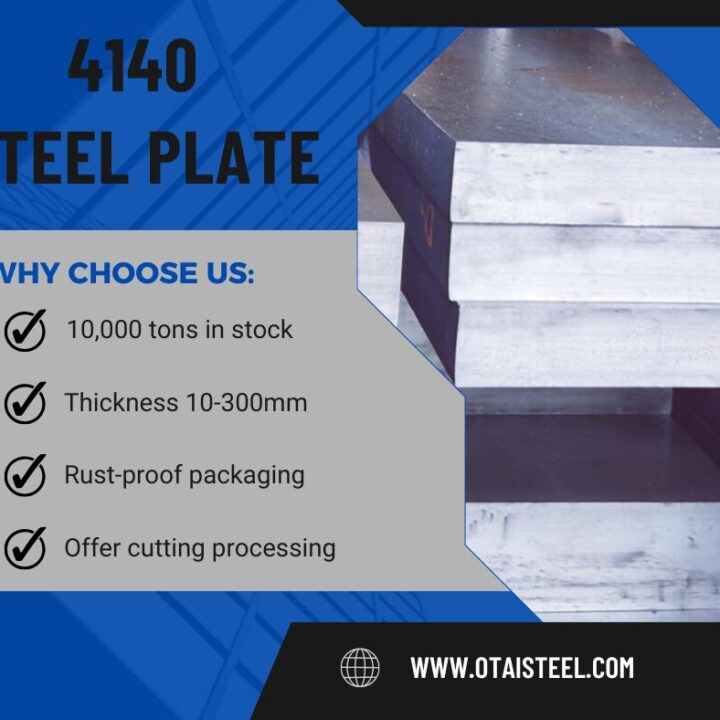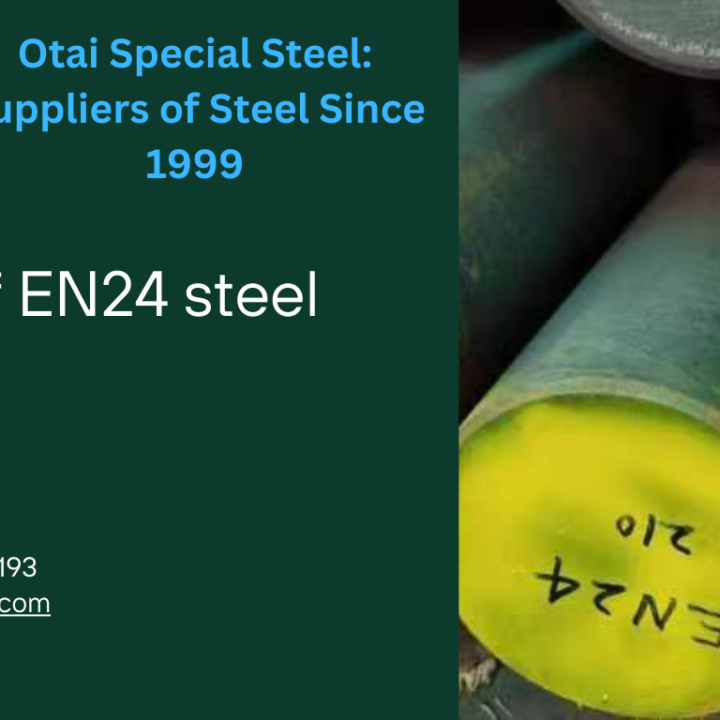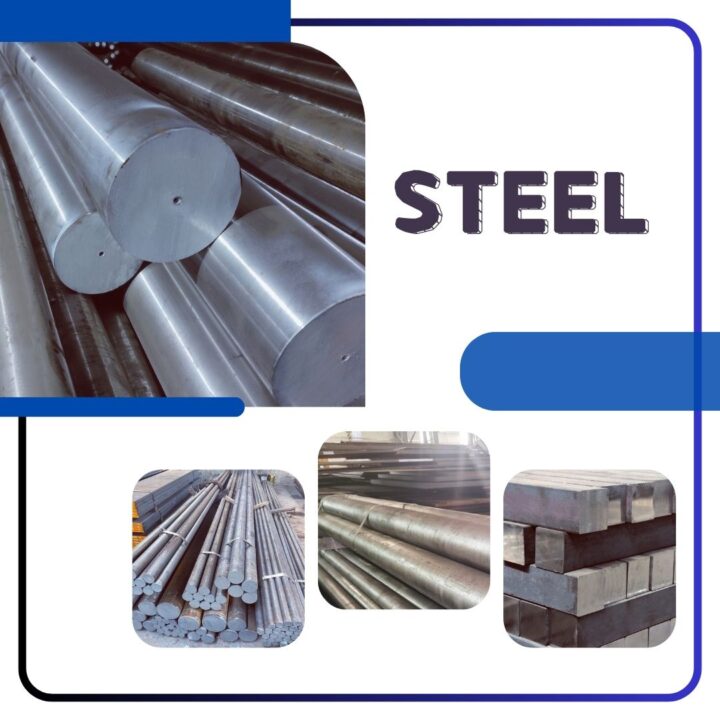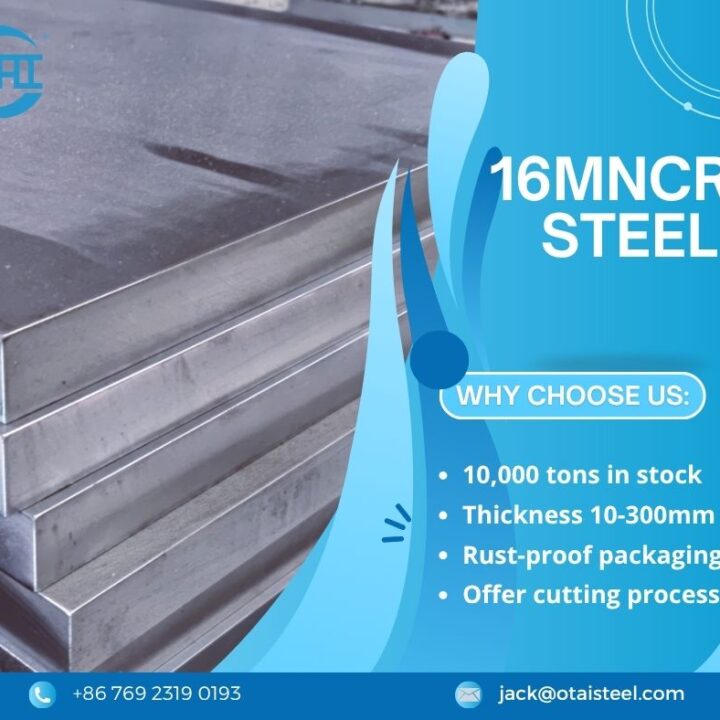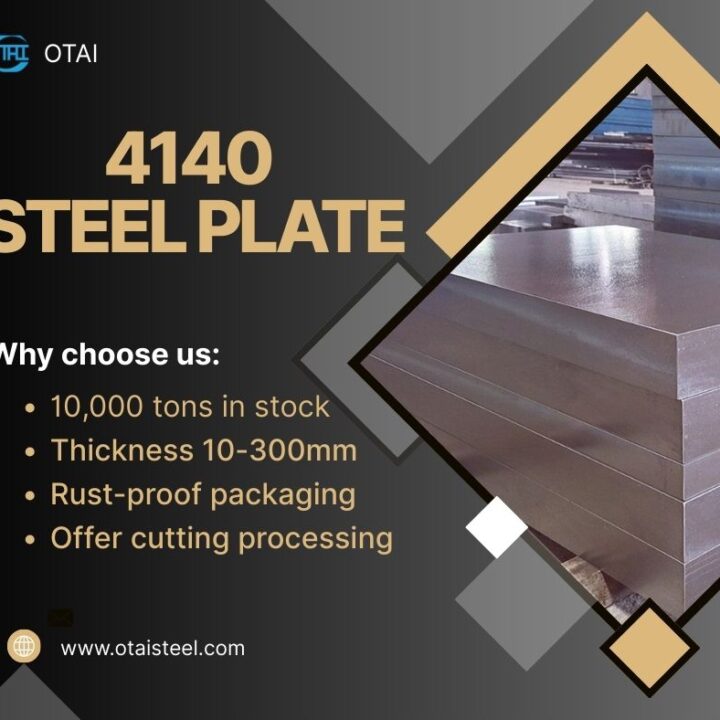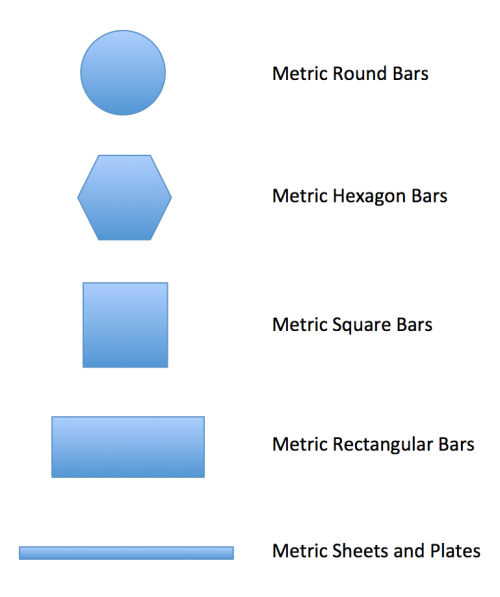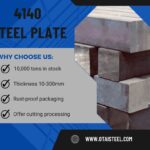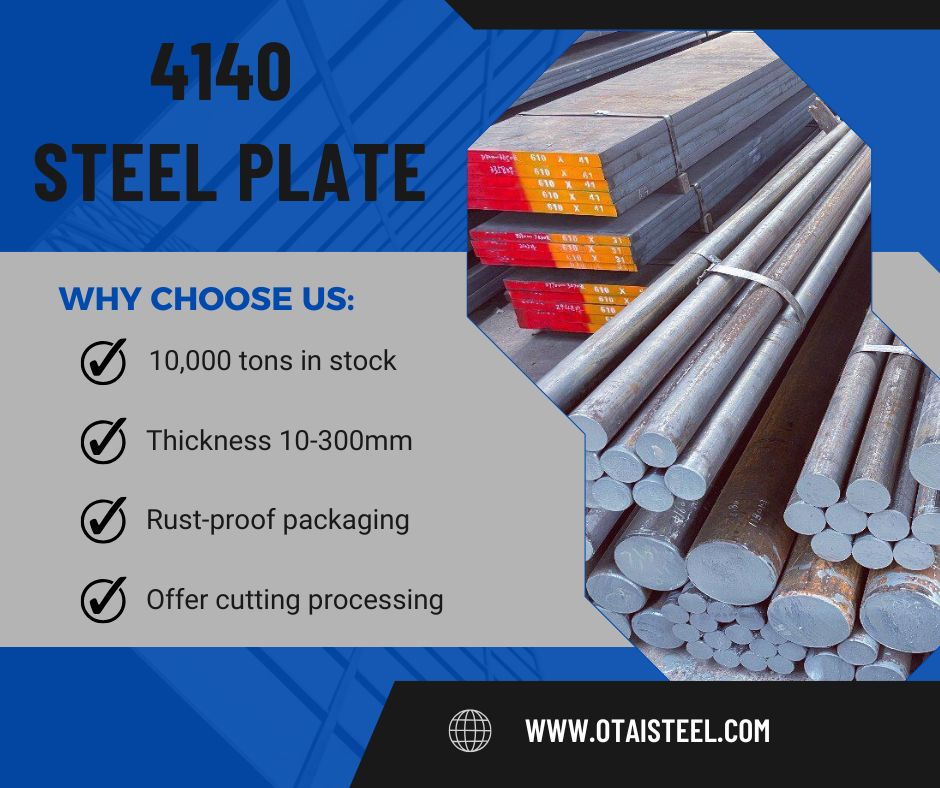 4140 Steel Equivalent: Global Grades Comparison and Guide
4140 Steel Equivalent: Global Grades Comparison and Guide
When engineers, buyers, or suppliers talk about 4140 steel equivalent, they are usually searching for comparable grades across different international standards. Since global supply chains often involve sourcing steel from multiple countries, knowing the right equivalent grade ensures that material performance remains consistent regardless of origin.
This article will give you a complete guide to 4140 steel equivalent material, covering its mechanical and chemical properties, common equivalents in ASTM, DIN, JIS, EN, and Chinese standards, and practical advice for selecting the right grade.
🌍 Why Understanding 4140 Steel Equivalents Matters
4140 alloy steel is widely used for shafts, gears, bolts, and high-strength components. However, buyers outside the United States may not always purchase steel under the “AISI 4140” designation. Instead, they need to recognize equivalents such as 42CrMo4 (DIN/EN) or SCM440 (JIS) to ensure they are sourcing the correct steel.
Failure to match the right equivalent can result in performance issues such as poor hardenability, reduced fatigue strength, or even mechanical failure in critical applications.
📐 Chemical Composition of 4140 Steel
The chemical makeup is the foundation of identifying equivalents. Below is the typical composition of AISI 4140 steel equivalent grades:
| Element | Percentage (%) |
|---|---|
| Carbon (C) | 0.38 – 0.43 |
| Manganese (Mn) | 0.75 – 1.00 |
| Chromium (Cr) | 0.80 – 1.10 |
| Molybdenum (Mo) | 0.15 – 0.25 |
| Silicon (Si) | 0.20 – 0.35 |
| Phosphorus (P) | ≤ 0.035 |
| Sulfur (S) | ≤ 0.040 |
The balance of carbon, chromium, and molybdenum gives 4140 its strength, toughness, and heat-treatment response. When comparing 4140 steel equivalent grades, these chemical ranges must closely align.
🔧 Mechanical Properties of AISI 4140 Steel
The mechanical profile of 4140 is what makes it so versatile.
| Property | Typical Value |
|---|---|
| Tensile Strength | 655 MPa (as rolled) – up to 1080 MPa (heat treated) |
| Yield Strength | 415 MPa – 930 MPa (depending on heat treatment) |
| Hardness | 197 HB (annealed) – 28–32 HRC (quenched and tempered) |
| Elongation | 20–25% |
| Impact Toughness | High, even at low temperatures |
Equivalent grades must deliver nearly the same performance in tensile strength, yield strength, and hardness.
🌐 Global 4140 Steel Equivalent Grades
Here is a reference table of 4140 steel equivalents in various international standards:
| Standard | Grade (Equivalent) | Notes |
|---|---|---|
| AISI / SAE (USA) | 4140 | Original designation |
| ASTM | ASTM A29 4140 | Common ASTM reference |
| DIN (Germany) | 42CrMo4 | Widely used in Europe |
| EN (Europe) | EN 1.7225 | Equivalent to 42CrMo4 |
| JIS (Japan) | SCM440 | Used in automotive and tool steel |
| GB (China) | 42CrMo | Chinese equivalent |
| IS (India) | 40CrMo | Indian equivalent of 4140 |
| BS (UK) | 708M40 | British standard |
This chart is a quick way to identify 4140 steel DIN equivalent, 4140 steel JIS equivalent, or 4140 steel Chinese equivalent depending on your sourcing region.
🛠️ Applications Across Equivalent Grades
All equivalents of 4140 serve similar industries, though slight differences may exist in heat treatment response or machinability. Some common applications include:
-
Automotive: gears, crankshafts, connecting rods
-
Oil & Gas: drill collars, tool joints, and downhole equipment
-
Aerospace: landing gear components
-
Construction: high-strength bolts and fasteners
-
Industrial: heavy-duty shafts, spindles, and machinery parts
Whether you buy 4140 steel Indian equivalent or the European 42CrMo4, the applications remain nearly identical.
💡 Key Considerations When Choosing an Equivalent
-
Chemical Composition Alignment – Verify that the equivalent matches the chromium and molybdenum ranges to ensure similar hardenability.
-
Mechanical Property Comparison – Look at tensile strength, yield strength, and hardness values after heat treatment.
-
Regional Standards – Ensure that your client or supplier accepts the equivalent grade under their national standard.
-
Heat Treatment Compatibility – Different equivalents may respond slightly differently to quenching and tempering cycles.
-
Machinability & Weldability – While most equivalents behave similarly, machining parameters may vary slightly.
🏆 Company Advantages – Why Choose Otai Special Steel
-
Extensive Inventory: Over 10,000 tons of alloy steels, including all major 4140 steel equivalent material grades.
-
Value-Added Services: Custom cutting, heat treatment, and machining to meet your project requirements.
-
Strict Quality Control: UT (Ultrasonic Testing), chemical composition analysis, and third-party inspections such as SGS.
-
Global Supply Network: Trusted by international giants like Thyssenkrupp, Borealis, and Schlumberger.
-
Cost-Effective Pricing: Stable supply with competitive rates to reduce your sourcing risks.
❓ FAQ
Q1: Is 42CrMo4 exactly the same as AISI 4140?
Not exactly, but they are considered equivalents. Minor differences in composition exist, but properties are nearly identical.
Q2: Which is the most commonly used 4140 steel equivalent in Europe?
The European standard 42CrMo4 (EN 1.7225) is the most recognized equivalent.
Q3: Does 4140 steel Chinese equivalent perform the same as AISI 4140?
Yes, GB 42CrMo offers nearly identical performance when produced by reliable mills.
Q4: Can I use SCM440 instead of 4140 in automotive components?
Yes, SCM440 (JIS standard) is widely used in Japan for automotive parts and is interchangeable with 4140.
Q5: How do I confirm if my supplier is providing the right equivalent grade?
Request a Mill Test Certificate (MTC) that shows chemical composition and mechanical property compliance.

